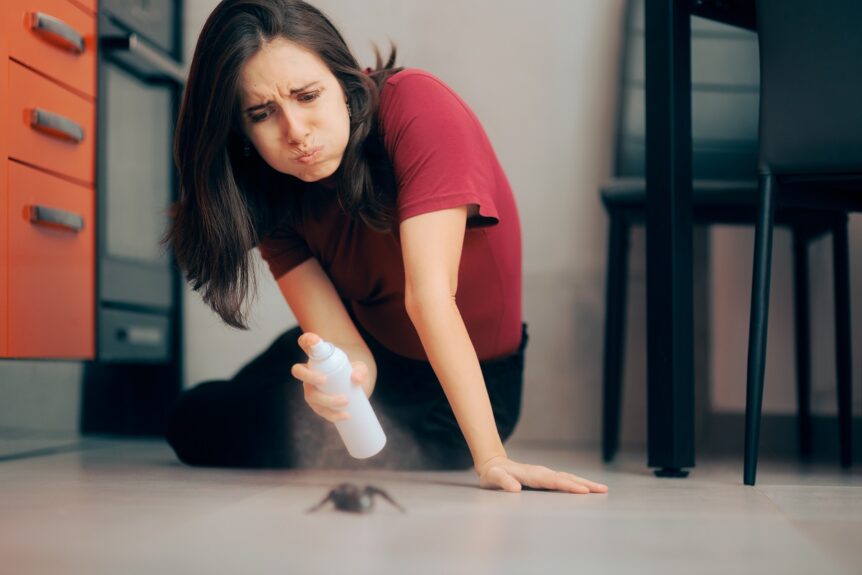Are you aware of what’s really in your household cleaners? Ever wondered how those everyday products could be affecting your family, pets, and the environment?
1. Phthalates: Stealthy Scents
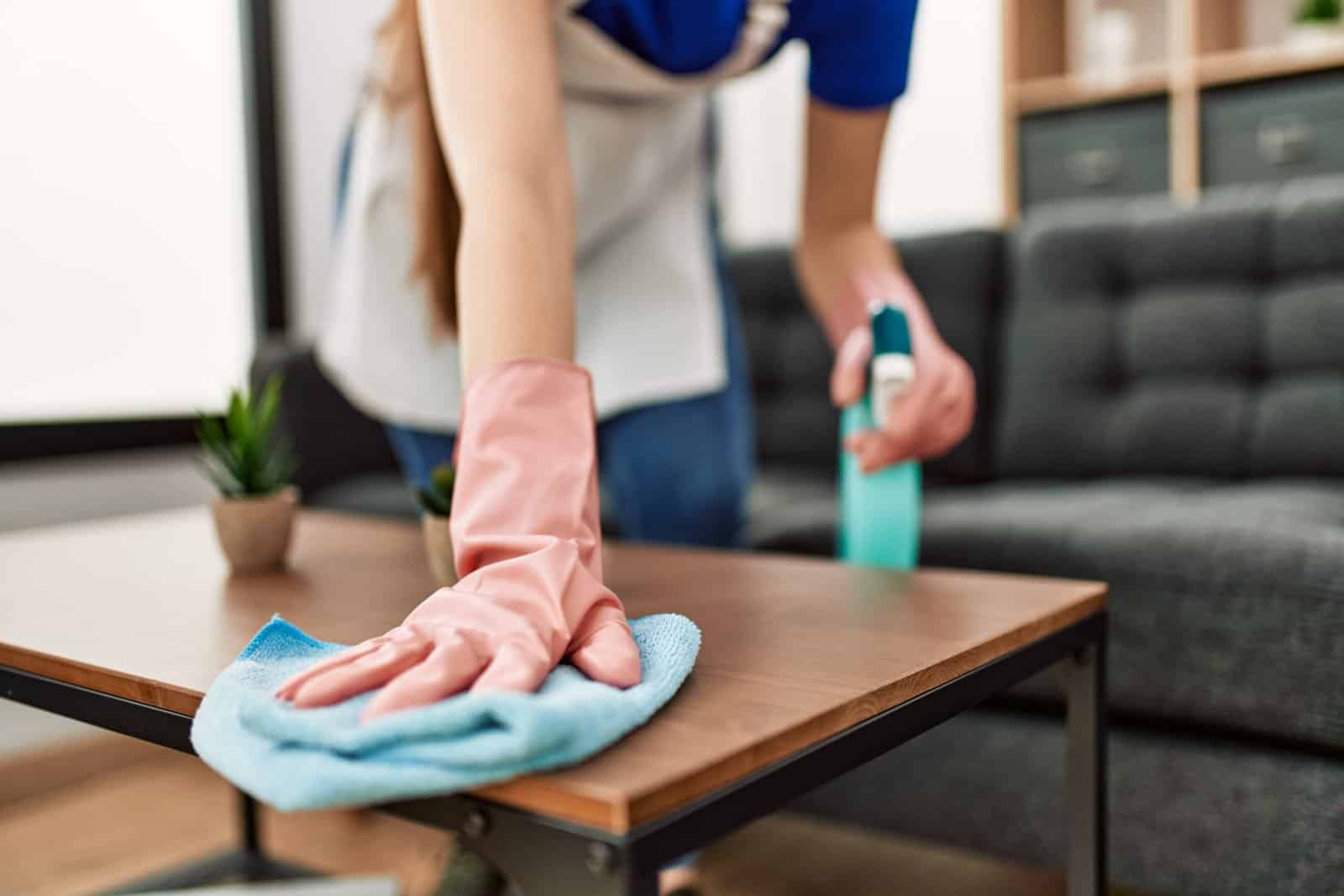
Image Credit: Shutterstock / Krakenimages.com
Often hiding under the term “fragrance,” phthalates can disrupt hormones and are rarely listed on labels. If your cleaner smells like a spring meadow, it might just be meddling with your endocrine system.
2. Triclosan: Trouble in the Sink
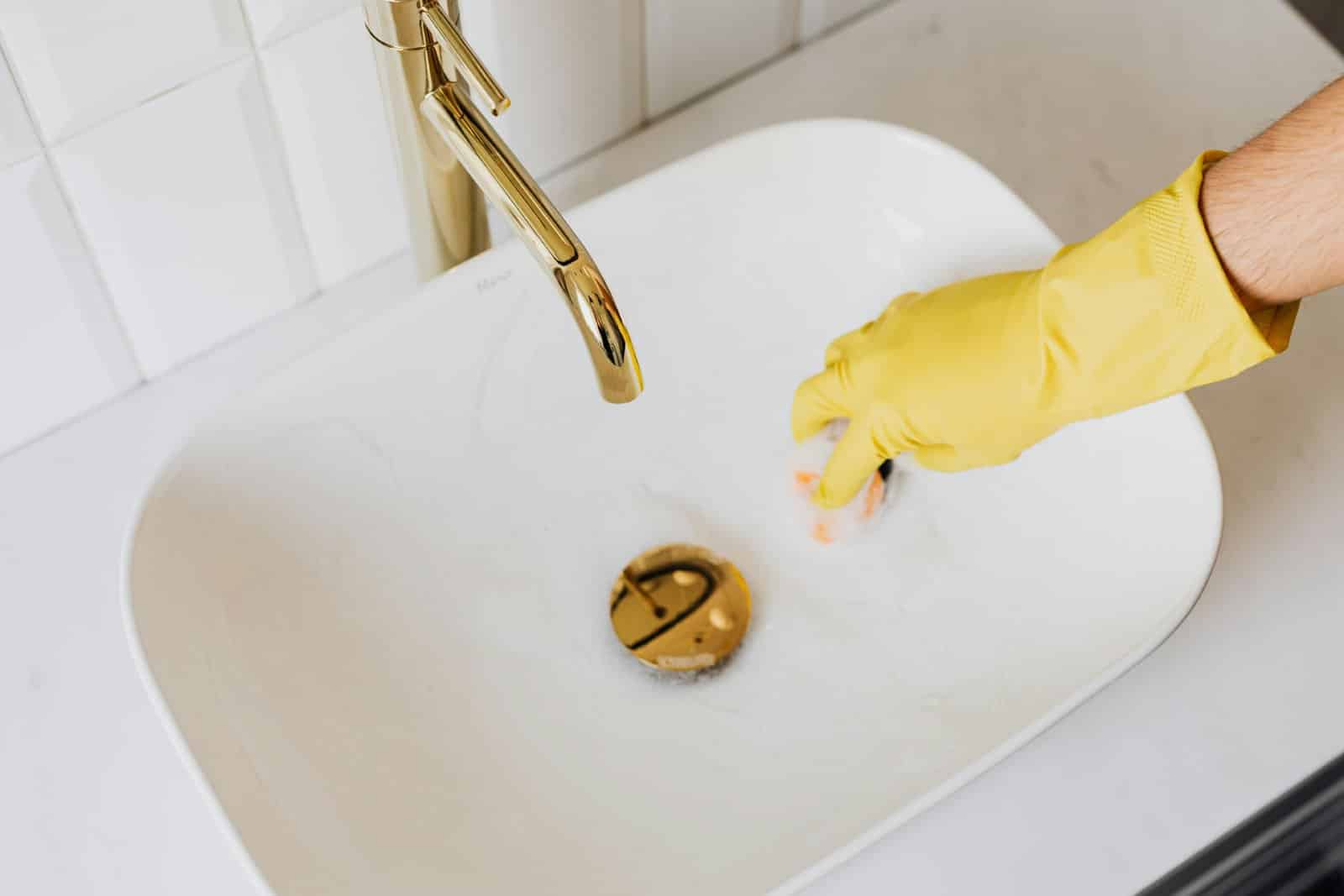
Image Credit: Pexels / Karolina Kaboompics
Found in antibacterial cleaners, triclosan can foster bacteria resistant to antibiotics. Not only does it harm aquatic life when washed down the drain, but it also might be undermining your health defenses.
3. Ammonia: Fumes to Fret Over
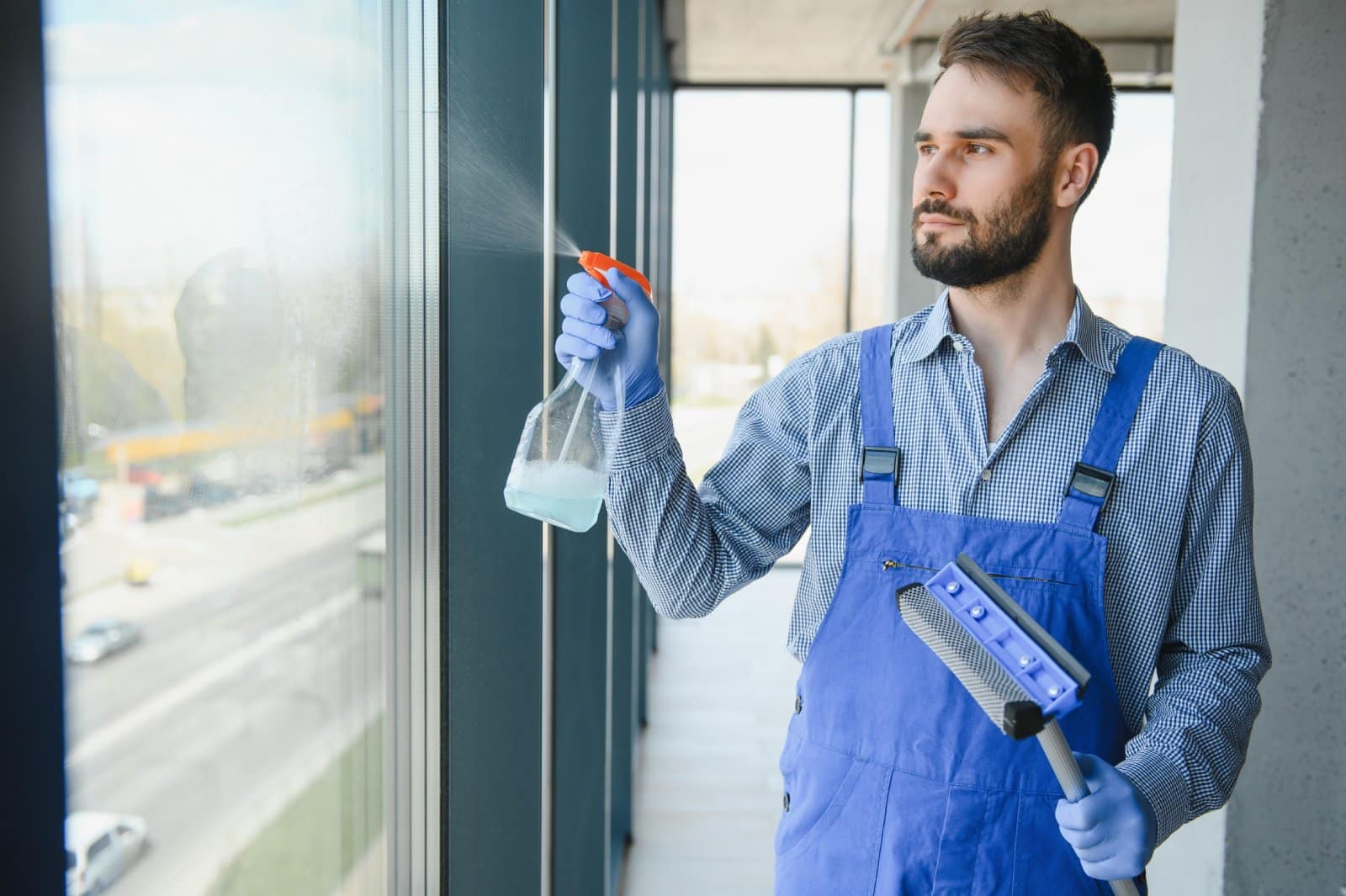
Image Credit: Shutterstock / Hryshchyshen Serhii
Perfect for streak-free windows, but at what cost? Ammonia fumes can irritate the respiratory tract and are especially dangerous for those with asthma. Pets with smaller lungs are also at risk.
4. Chlorine: The Covert Threat
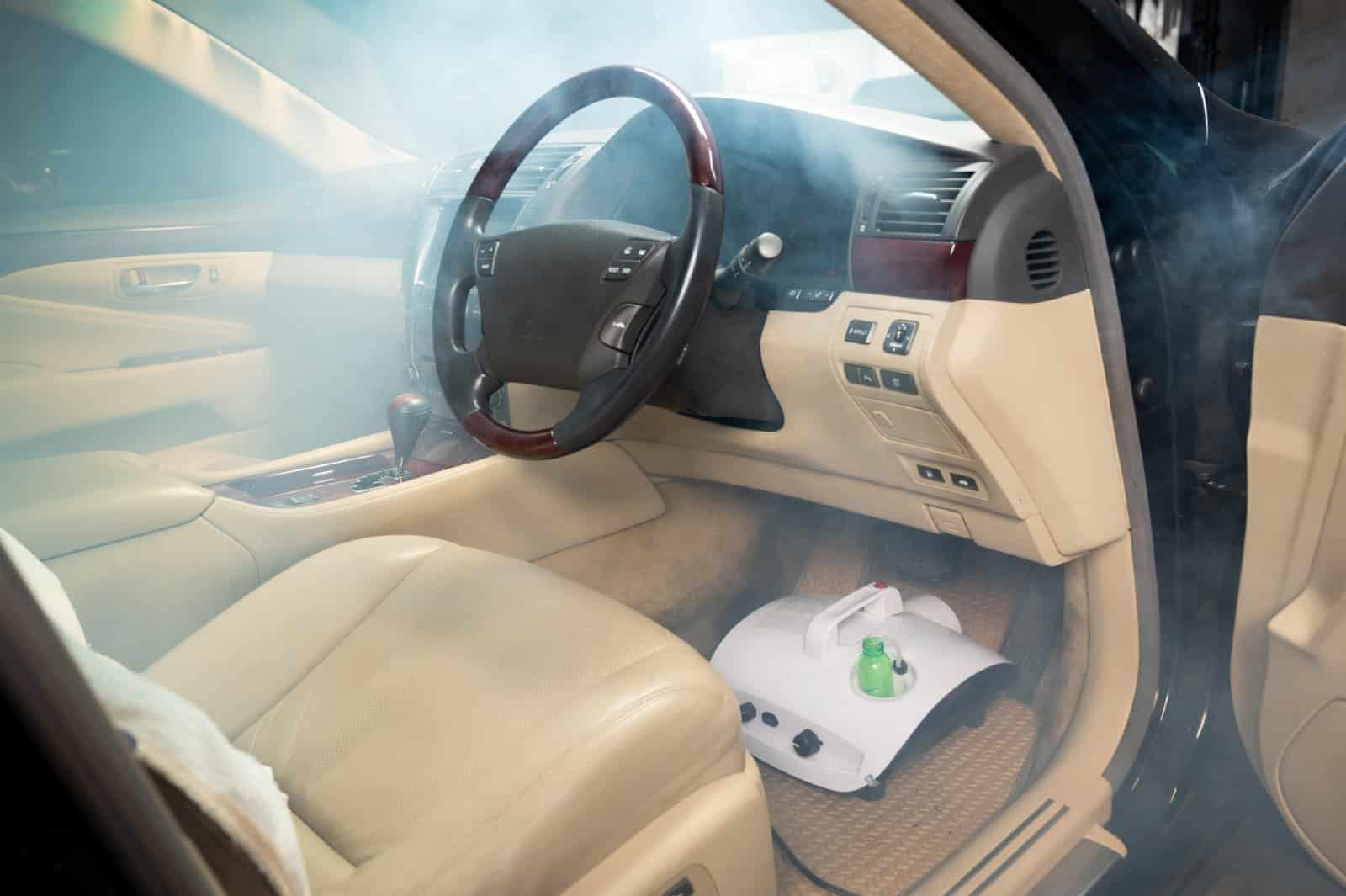
Image Credit: Shutterstock / Bhakpong
Common in bleach, chlorine can be a silent hazard. Its fumes are harmful to inhale and it can create dioxins, known carcinogens, when combined with other household chemicals.
5. Sodium Hydroxide: Deceptively Dangerous

Image Credit: Pexels / Matilda Wormwood
Found in oven cleaners and drain openers, sodium hydroxide is extremely caustic. A mere splash can burn your skin or eyes, making it a hidden horror in your cleaning routine.
6. 2-Butoxyethanol: Window Washer Woes

Image Credit: Pexels / Nathan Cowley
This common ingredient in window cleaners doesn’t have to be listed by law, and can contribute to sore throats when inhaled. Over time, it can also damage red blood cells.
7. Perchloroethylene: Dry Cleaning Danger
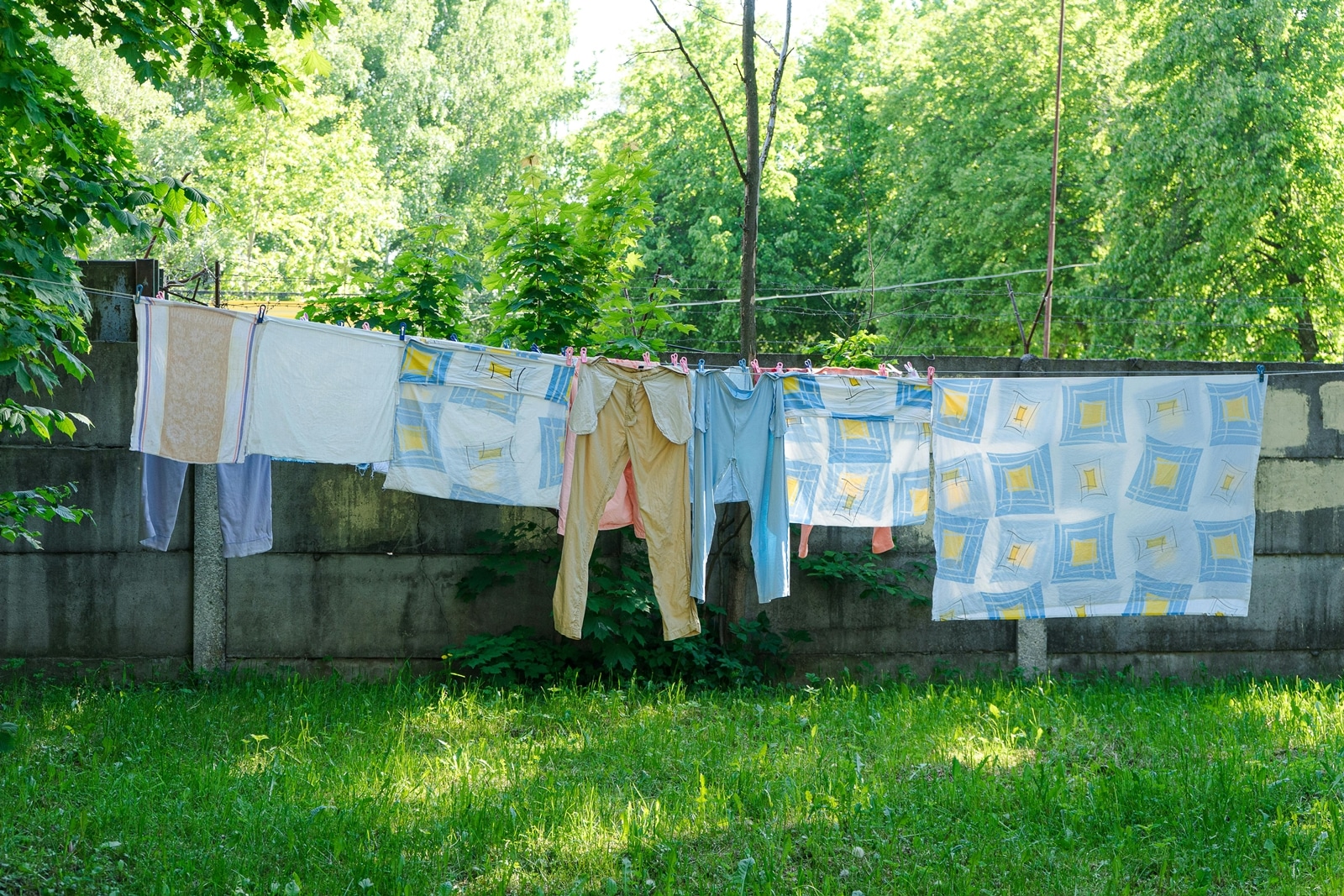
Image Credit: Pexels / Sergey Filippov
Often used in spot removers and carpet cleaners, “perc” is a neurotoxin and possible carcinogen. It’s best to handle such chemicals in a well-ventilated area or opt for safer alternatives.
8. Formaldehyde: Hidden Harm

Image Credit: Pexels / Polina Tankilevitch
Formaldehyde, found in some disinfectants and even furniture polish, is a known carcinogen. Its vapors can trigger asthma and allergies—a risk not worth taking.
9. Nonylphenol Ethoxylates (NPEs): Subtle but Sinister
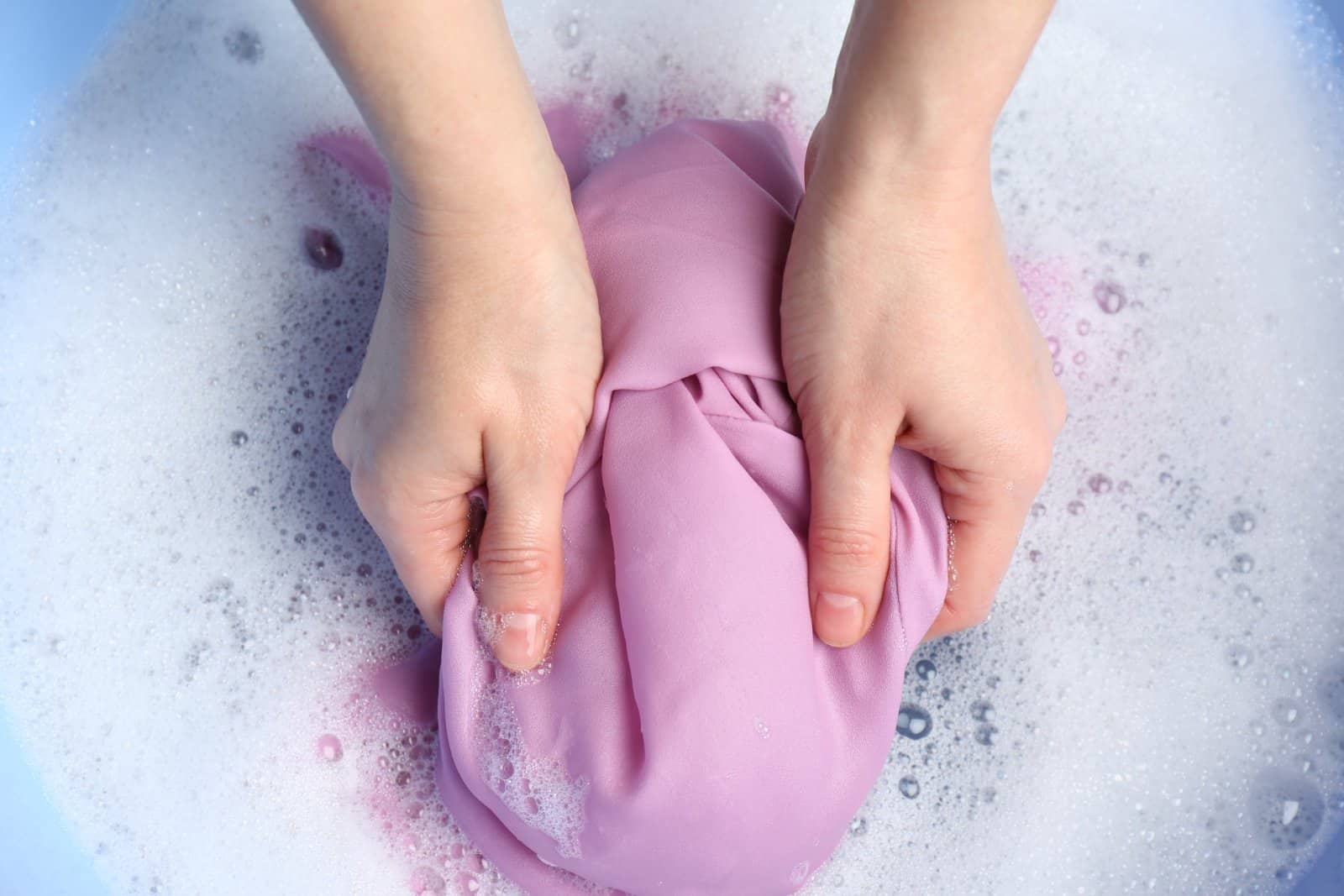
Image Credit: Shutterstock / New Africa
These endocrine disruptors are common in laundry detergents and all-purpose cleaners. They’re not only bad for your body but notoriously harmful to marine life.
10. Diethanolamine (DEA): Sneaky and Harmful
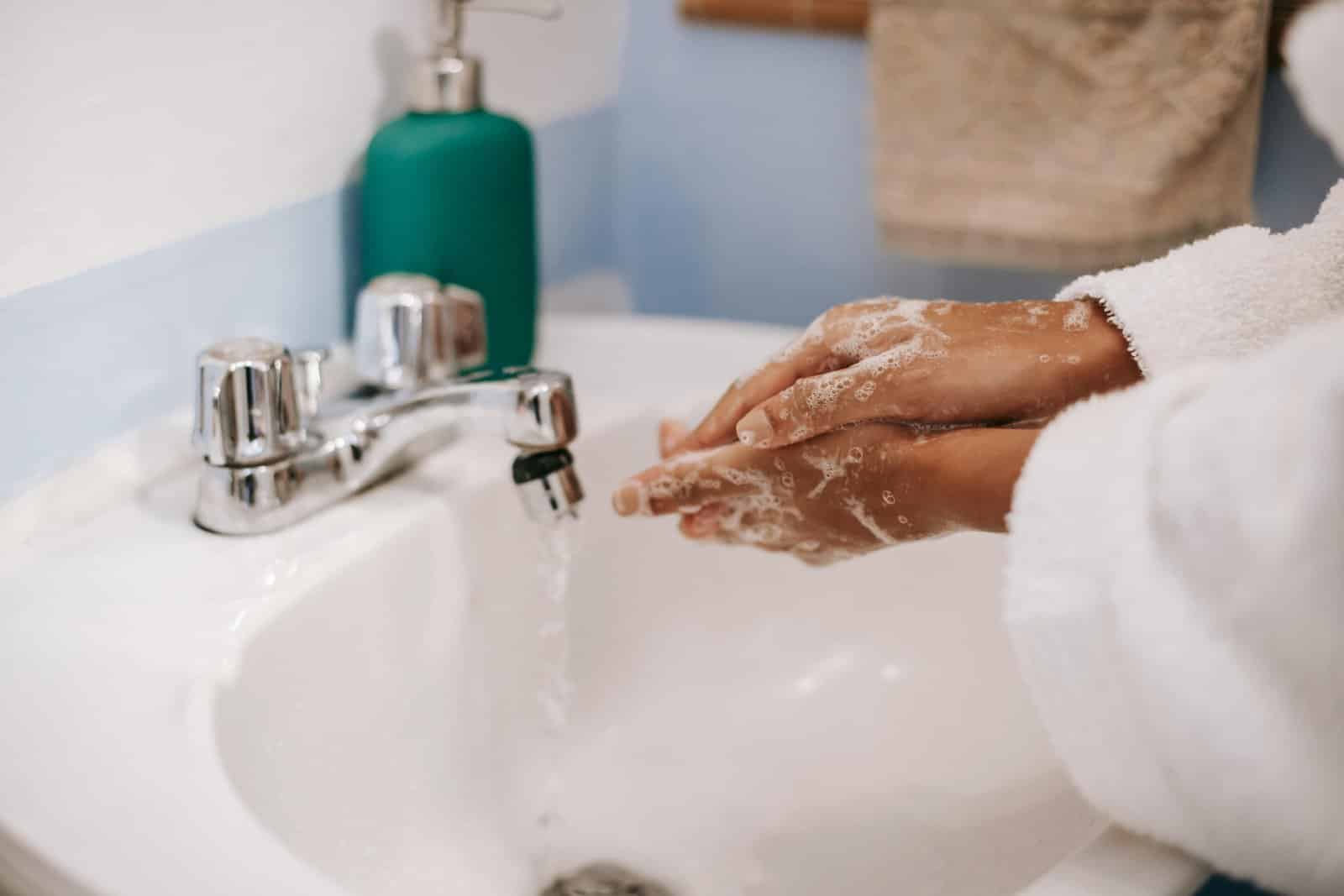
Image Credit: Pexels / Sora Shimazaki
DEA, found in creamy and foaming products, can react with nitrates to form nitrosamines, which are carcinogenic. Keeping an eye on ingredient lists can safeguard your family’s health.
11. Quaternary Ammonium Compounds (Quats): Lurking in Disinfectants
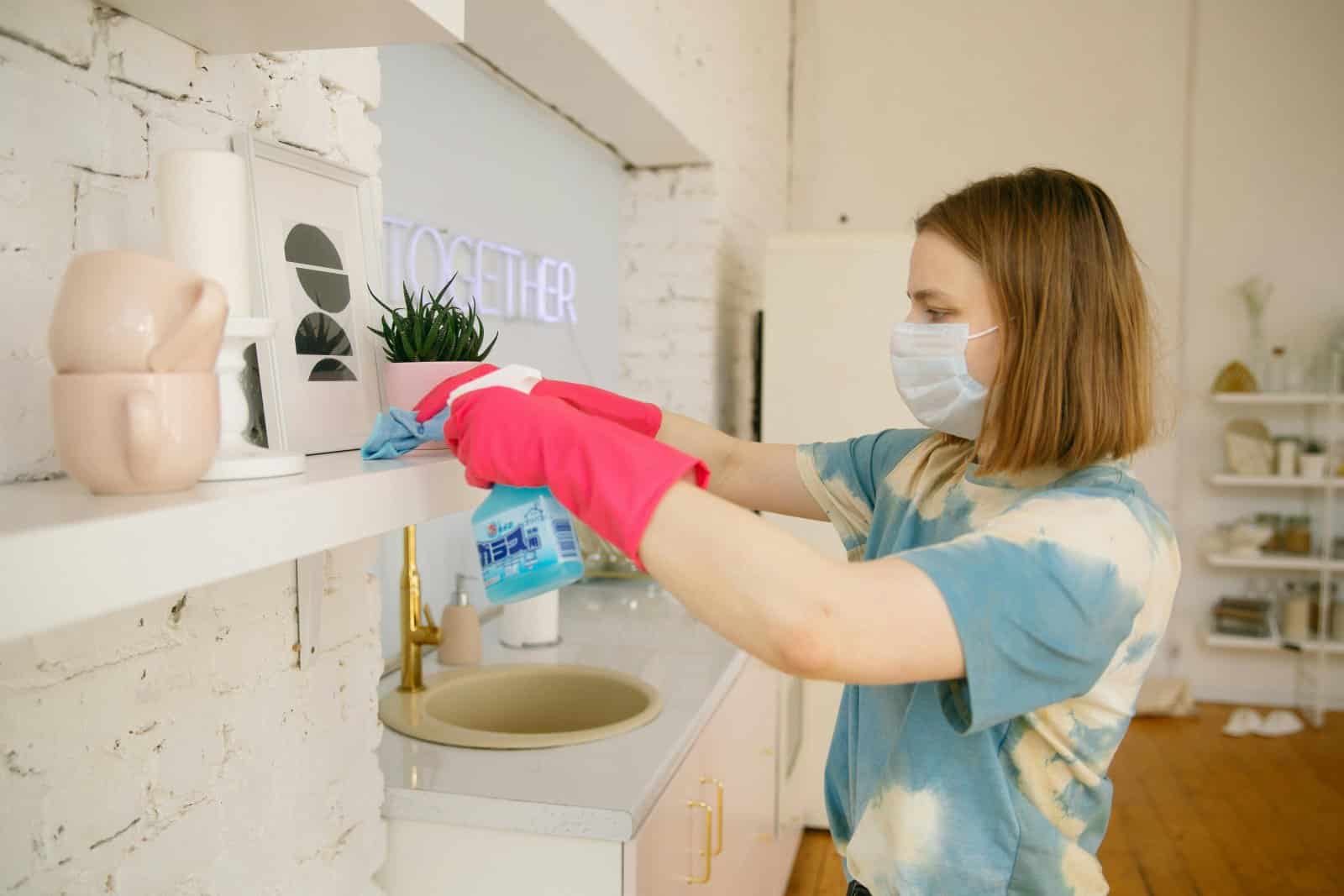
Image Credit: Pexels / Polina Zimmerman
Quats are a skin irritant and can contribute to asthma. They are very toxic to aquatic life, presenting a threat to both home and habitat.
12. Butyl Cellosolve: The Unseen Menace
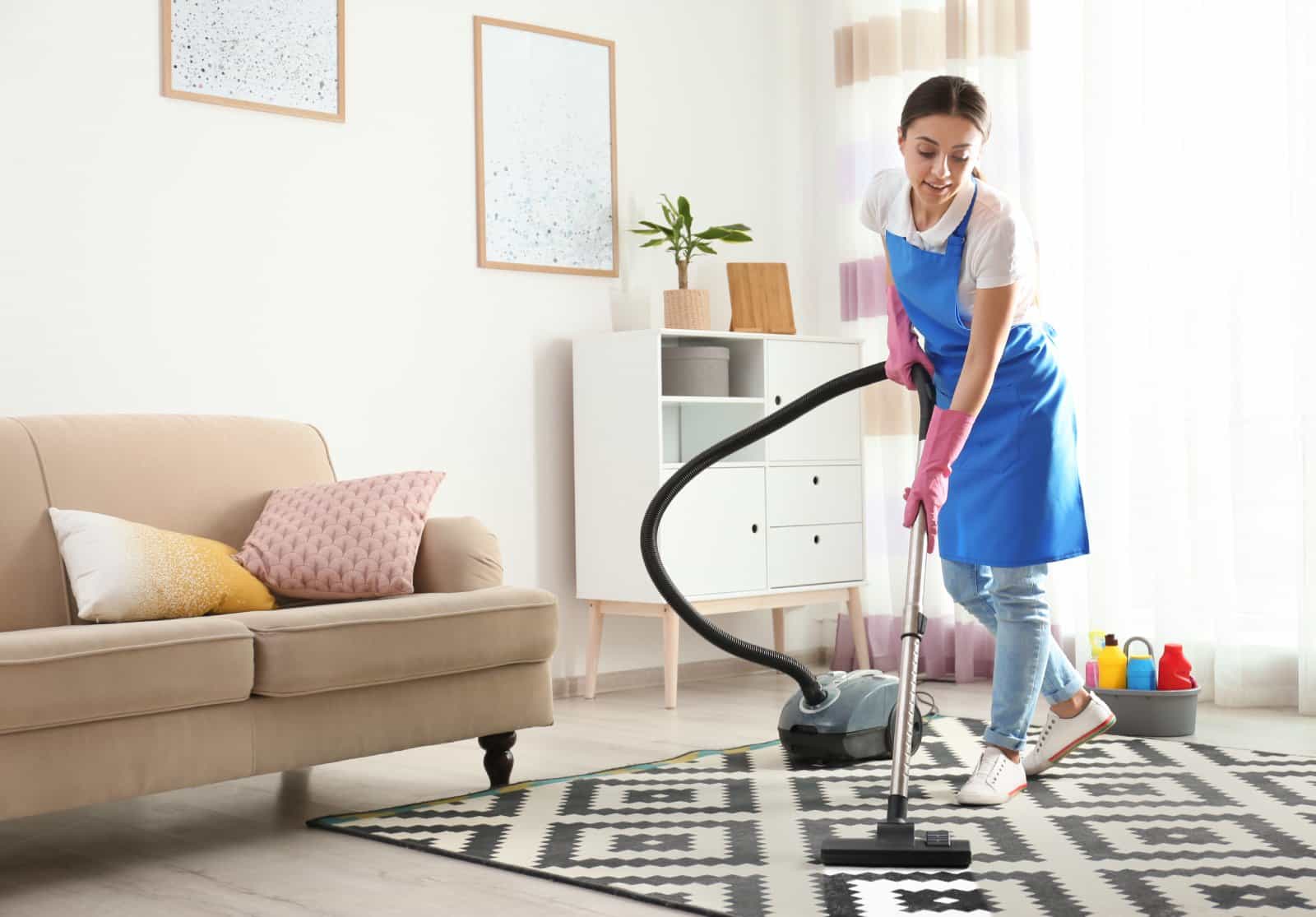
Image Credit: Shutterstock / New Africa
Common in all-purpose cleaners, this solvent can penetrate the skin and affect your nervous system. Safe alternatives are available, so why risk it?
13. Glycol Ethers: Under the Radar

Image Credit: Shutterstock / Yuganov Konstantin
These are in many household cleaners and linked to anemia, intoxication, and even reproductive harm. It’s crucial to vet your labels or opt for greener solutions.
14. Bisphenol A (BPA): Not Just in Plastics
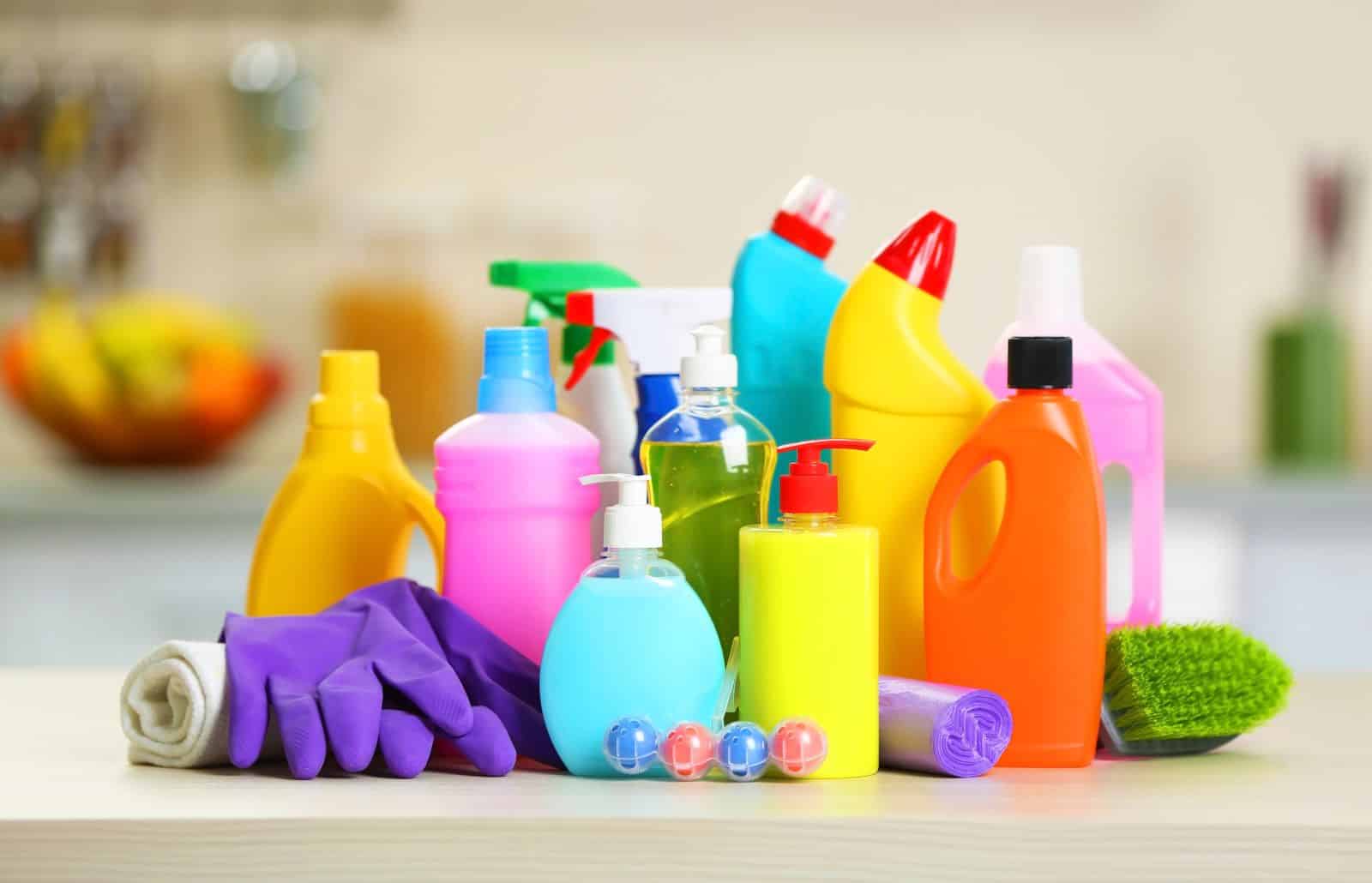
Image Credit: Shutterstock / Africa Studio
Though famous for its presence in plastics, BPA can also be found in the lining of some cleaning product cans. Exposure can disrupt hormones and affect brain health.
15. Tetrachloroethylene: A Quiet Culprit

Image Credit: Pexels / Vika Glitter
Used in some spot removers, this solvent is known to be a neurotoxin and potential carcinogen. It’s wise to handle with care or find non-toxic alternatives.
16. Ethanolamines: Slick but Sickening

Image Credit: Pexels / Polina Tankilevitch
These chemicals are foaming agents in cleaners and can release VOCs that might trigger asthma. Considering the risk, they’re not worth the bubbles.
17. Petroleum Solvents: Oil’s Well That Ends Unwell

Image Credit: Shutterstock / Robert Kneschke
Used in metal polishes and paint thinners, these solvents can damage the nervous system and are not eco-friendly. Safer, water-based options are your best bet.
18. Phosphates: Foe of the Waterways

Image Credit: Pexels / Karolina Kaboompics
Though banned in laundry detergents, phosphates can still be found in dishwasher detergents. They wreak havoc on aquatic life, leading to dangerous algae blooms.
19. Optical Brighteners: Falsely Alluring

Image Credit: Shutterstock / New Africa
These chemicals make fabrics appear brighter by reflecting blue light. They can cause allergic reactions and are toxic to fish—a deceptive way to enhance appearance.
20. Methylene Chloride: Stealthy and Serious
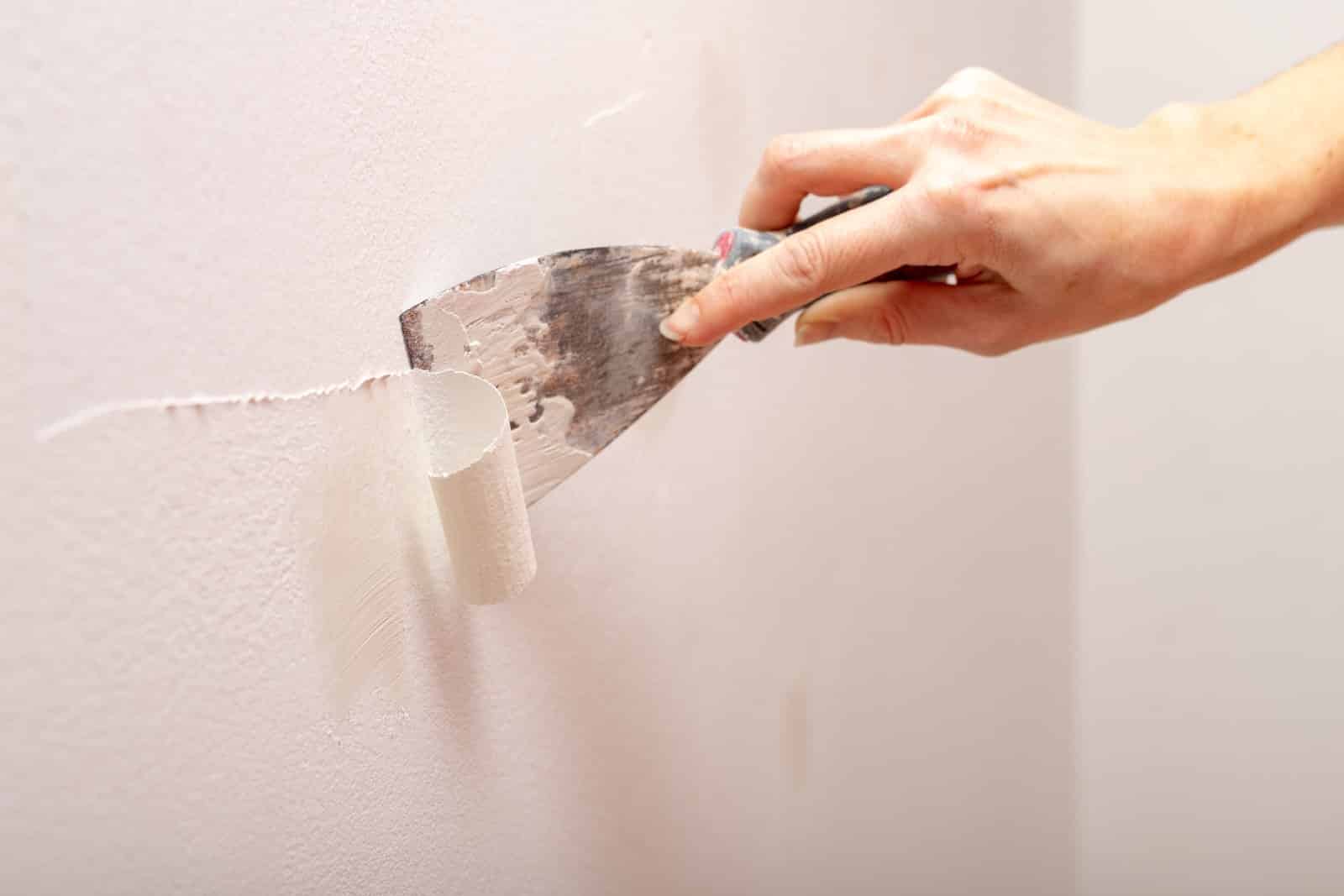
Image Credit: Shutterstock / Piotr Wytrazek
Present in paint strippers and varnish removers, it’s a known carcinogen and can depress the central nervous system. Opting for a safer stripper is smarter and safer.
The Clean Conclusion

Image Credit: Shutterstock / Dean Drobot
Next time you reach for that bottle under the sink, think twice. Are you cleaning up or causing more problems? Switching to greener options isn’t just good for the earth; it’s a smart move for your health and your wallet!
Oil Dumping Scandal Rocks Ships Heading to New Orleans

Image Credit: Shutterstock / Aerial-motion
Two shipping companies have been fined after knowingly hiding a large oil spill in the Atlantic Ocean. Oil Dumping Scandal Rocks Ships Heading to New Orleans
20 Eye-Opening Realities Facing Retiring Baby Boomers

Image Credit: Shutterstock / Jack Frog
As Baby Boomers approach retirement, the promise of leisure and security often seems unattainable. This generation faces unique challenges that could redefine retirement. Here’s a stark look at the realities shaping their outlook. 20 Eye-Opening Realities Facing Retiring Baby Boomers
Retail Apocalypse: Massive Closures Sweep Across U.S. Brands

Image Credit: Shutterstock / Tada Images
Stores across the U.S. are closing at unprecedented levels, according to new research from advisory firm Coresight Research. Read on for more information about the impact this could have on you and your communities. Retail Apocalypse: Massive Closures Sweep Across U.S. Brands
The post 20 Hidden Eco Dangers Lurking in Your Household Cleaners first appeared on EcoHugo.
Featured Image Credit: Pexels / Nicoleta Ionescu.
The content of this article is for informational purposes only and does not constitute or replace professional financial advice.
For transparency, this content was partly developed with AI assistance and carefully curated by an experienced editor to be informative and ensure accuracy.

